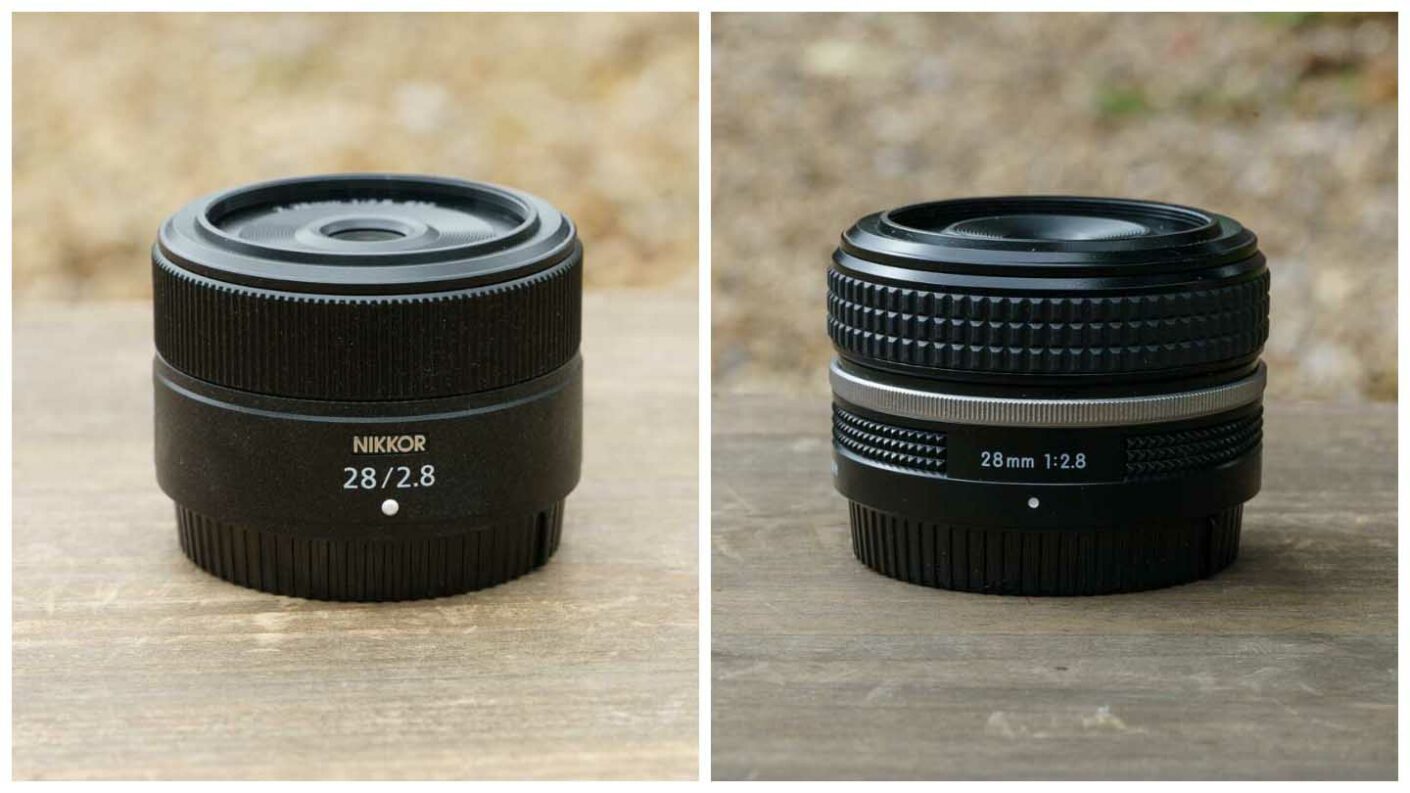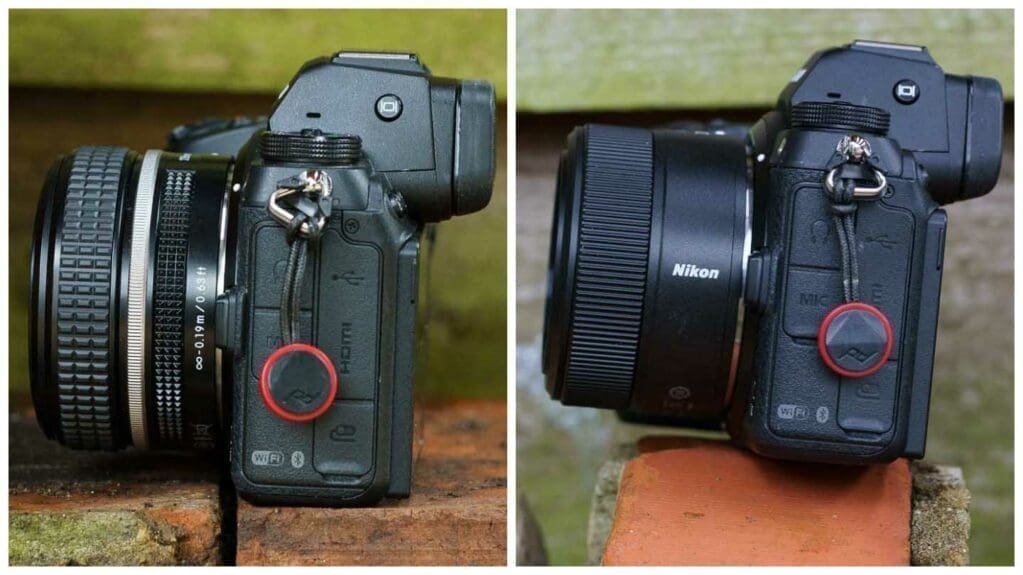Nikon announced the Nikkor Z 28mm f/2.8 (SE) with the Nikon Z fc, and it is sold with it as a kit as it has the same retro style. Initially, in the UK, the Nikkor Z 28mm f/2.8 (SE) was only available as a kit with the Z fc, but in other areas, including the USA, it was available separately for around $297 (approximately £218). It’s also now available by itself in the UK.
The SE in the original lens’ name stands for Special Edition and on 18th November 2021, Nikon announced the non-special edition Nikkor Z 28mm, which has more modern looks than the Z 28mm f/2.8 (SE) but the same optical design.
While the Nikkor Z 28mm f/2.8 (SE) launched with the APS-C (DX) format Nikon Z fc,both it and the Nikkor Z 28mm f/2.8 are in fact a full-frame lenses and suitable for use on cameras such as the Nikon Z7 II and Nikon Z6 II.
On the Z fc or the Nikon Z50, the Nikkor Z 28mm f/2.8 (SE) and Nikon Z 28mm f/2.8 have an effective focal length of 42mm, which makes them ‘standard’ lenses that can be put to a wide range of uses, everything from still life to portraits and street to landscape photography. On a full-frame camera, however, they are wide-angle lenses and likely to be used for street, landscape, architecture and interior photography.




